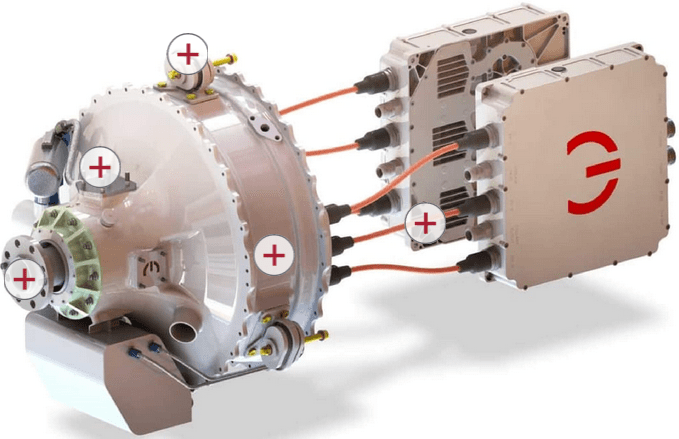Thank you Clyde! I am really happy you are a real person!
![[smile] [smile] [smile]](/data/assets/smilies/smile.gif)
I've seen similar things develop in electric aviation, even though I'm not tracking this subject as closely as you seem to be. Electric "traction" motor technology has a lot of varieties; there's no clear winner yet in any given application. You also can't separate the motor from the control any more, and the architecture of the motor drive unit is probably the most tightly held secret. It wouldn't surprise me at all if the Eviation engineers are still NOT permitted to open the drive unit boxes yet, even though eventually a certification spec will have to be generated.
If you want to get a flavour of the various technologies that are being used in traction motors, you can always look deeply into the automotive sector, where a lot more information is available. Lots of well documented EV automobiles with service and maintenance manuals, troubleshooting guides, and even DIY modifiers taking them apart to re-purpose the drivetrain for conventional auto conversion projects. They crack the CANBUS, make custom interfaces, integrate the chassis and presto they have something like an RX-7 body with a Tesla drivetrain. Some of it is just to climb the mountain "because it's there" but it also reveals a state of the art at multiple levels.
I am not convinced that the technology being used in electric aviation is any different from the technology in EV autos, although Itsmoked's hint about superconductors makes me question that. The big players could deal with that complexity. Looking at the other end of the scale, there are a lot of small start-ups developing electric propulsion for aircraft, and not all of them are just scaling up toy drones to a size big enough to carry a person. The scaled-up drone messaging seems to come from hobbyists who have no idea what aircraft certification is like. There are some notable exceptions from developers like Ampaire, Lilium, and Eviation that seem to have both funding and technical depth to get somewhere with their concepts. However I don't think that these particular aircraft are benefiting from radical technical leaps.
They seem to be integrating existing technology into a form that hasn't been tried but now seems to be possible.


![[smile] [smile] [smile]](/data/assets/smilies/smile.gif)